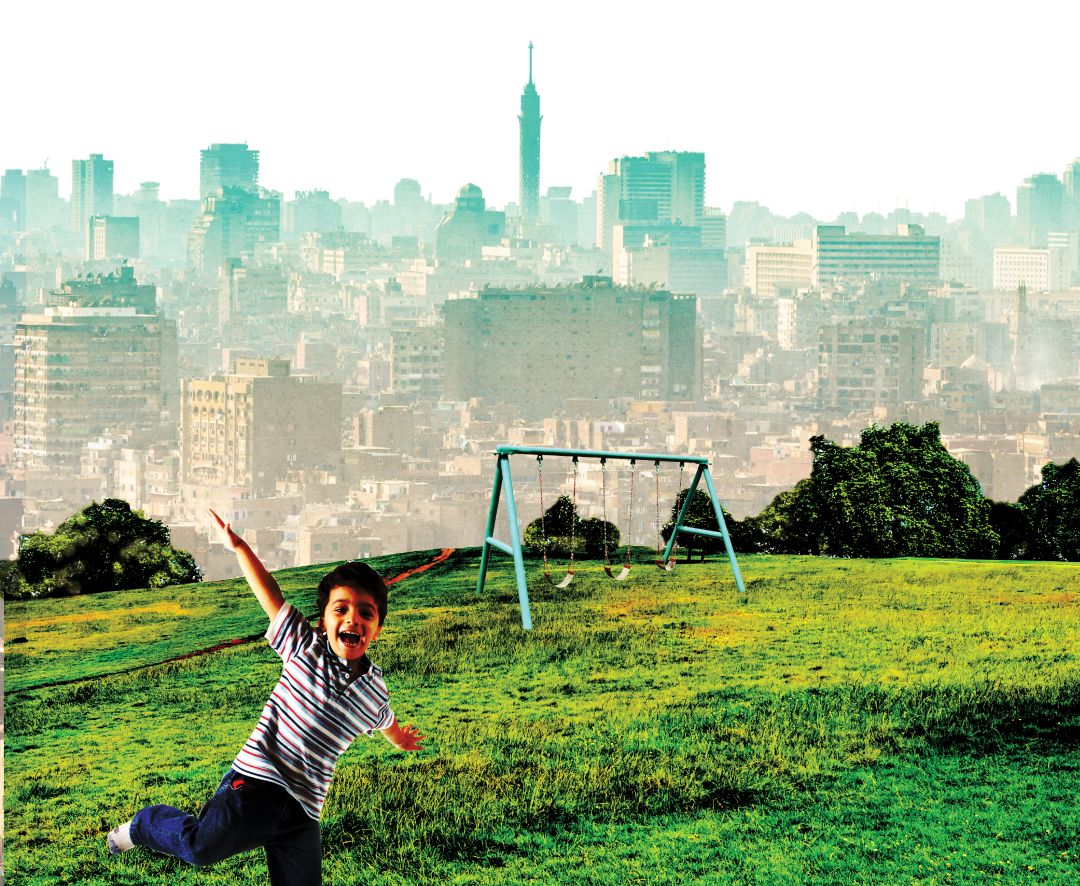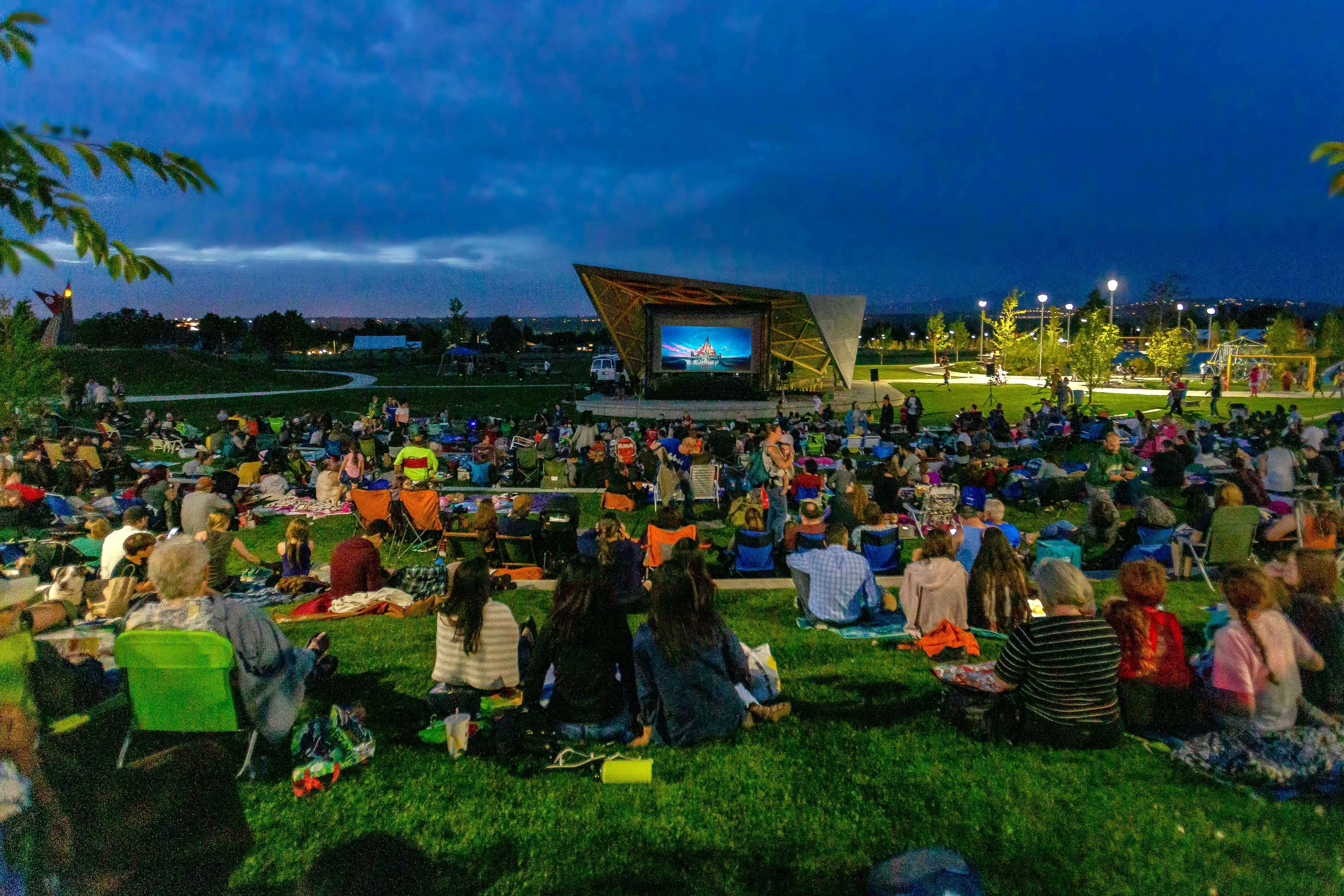An Oregon Professor Sets Out to Build a Park in Cairo

The park would include seating areas, semiprivate spaces for women’s sports, and a children’s playground.
In Egypt’s densely packed cities, greenspaces are the domain of the city’s upper crust, walled off for private use in enclosed courtyards. In Cairo’s poorer, more congested neighborhoods, they are unheard of. Residents of al-Khalifa, a medieval Islamic neighborhood, live in the shadows of buildings, some three hundred years old, greatly damaged in a 1992 earthquake. Already stifling hot, the neighborhood has air quality that some claim is worse than smoking a pack of cigarettes a day. A tree-lined park? Forget about it.
Enter Brook Muller, professor of architecture and environmental studies at the University of Oregon, who joined an international design competition to convert 3,000 square meters of al-Khalifa into a greenspace worthy of a leafy Portland neighborhood, with seating areas, semiprivate spaces for women’s sports, and a children’s playground. The chosen design—a joint effort between Cairo University, the American University in Cairo, a nongovernmental organization, and others—also includes an educational gardening area and a heritage center honoring the history of al-Khalifa.
To make sure the park survives its urban conditions, Muller and the team had to innovate hard: native trees will reduce the level of subsurface water and the heat-island effect. Water will be treated through trickling filters and wetland planter basins, which will also hydrate the plants. Most important, these systems will begin to capture excess water from the neighborhood’s leaky underground pipes, a chronic problem causing groundwater to rise and flood the neighborhood’s mosques and shrines.
“Typically, dewatering means directing water to storm drains, which is just a way of delivering the problem to people living downstream,” explains Muller. “We want to intercept this water and turn this liability into a community asset.”
The political and financial hurdles are no less complex. But if Muller can gain approval from the Cairo Governorate and the national Ministry of Antiquities, he says the park could be finished in three to five years, for roughly $500,000.
“I like being in this situation,” says Muller. “You have no choice but to build low tech, and it’s all about being clever and wise instead of throwing a lot of money at a situation. You have to be super-creative.”




